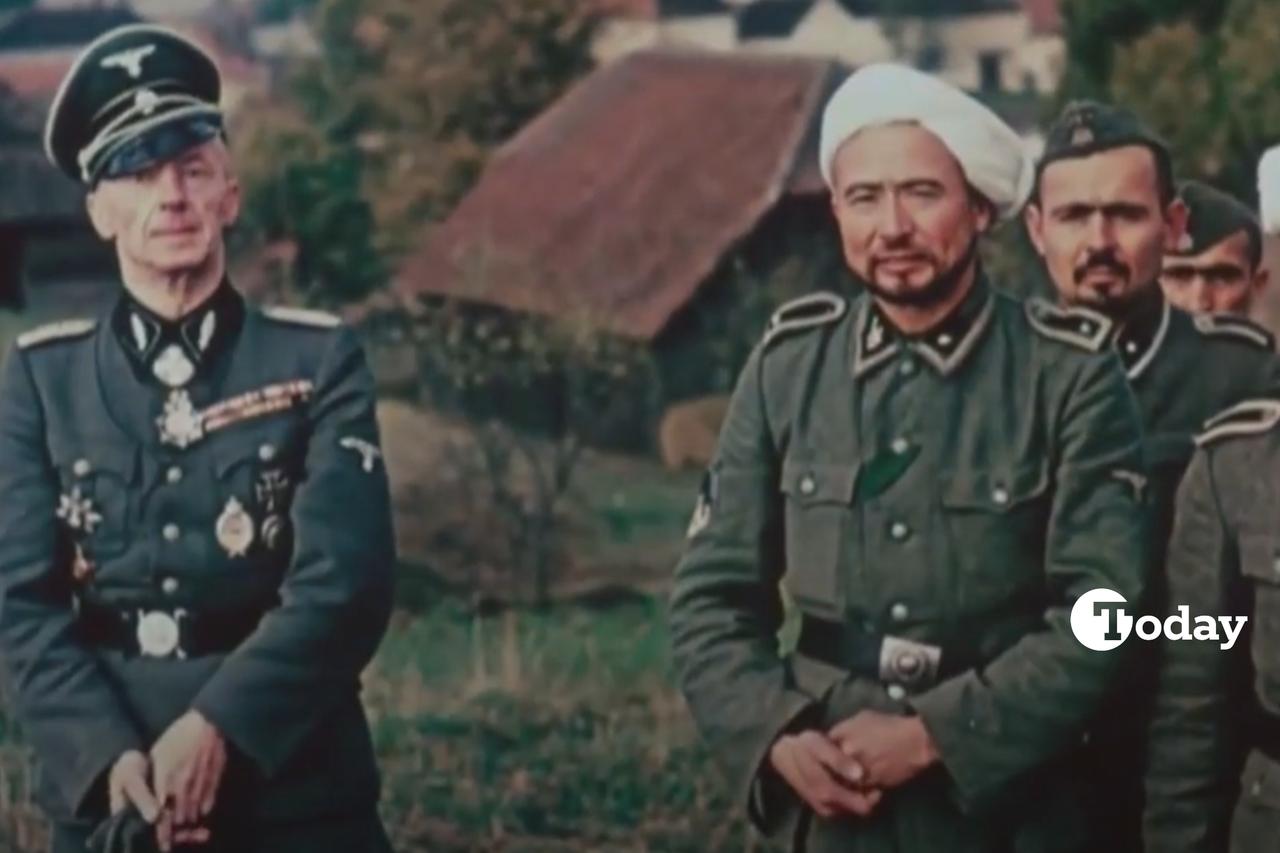
During World War II, Nazi Germany formed military units known as “Muslim Legions,” recruiting from among Soviet prisoners of war and local populations in occupied territories.
These groups were largely made up of Azerbaijanis, Turkestanis, North Caucasians, Crimean Tatars, and other Muslim communities who had fallen into the hands of German forces after the invasion of the Soviet Union in June 1941.
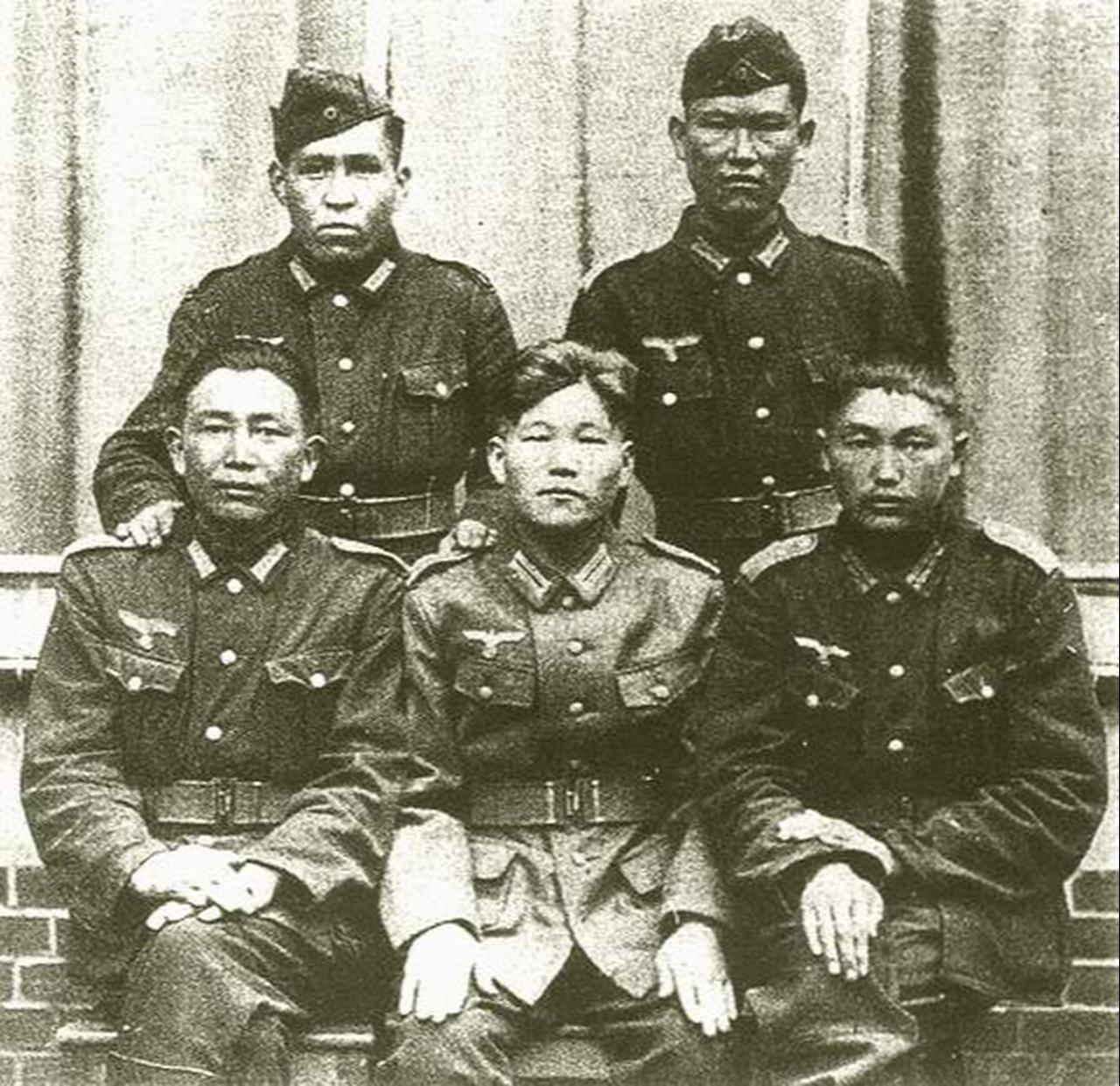
Within just a few months of Germany’s attack on the Soviet Union, approximately 3.8 million Red Army soldiers were captured. Estimates of the total number of prisoners of war vary, with German sources putting the figure at more than 5 million, while Russian military archives record about 4.5 million.
The overwhelming scale of these captures left German authorities struggling to determine how to use the prisoners. Many were left to die in camps under appalling conditions, with starvation, disease, and extreme cold taking millions of lives.
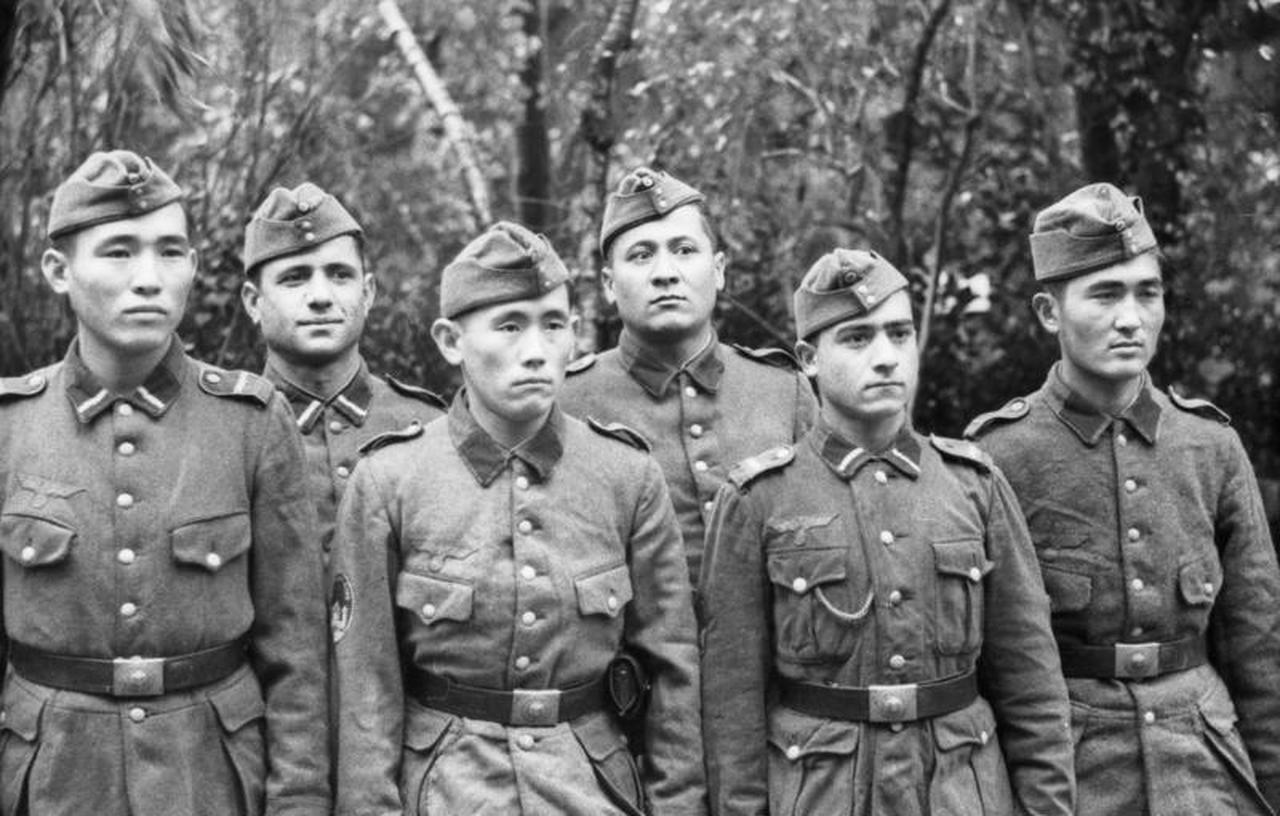
Survivor testimonies reveal the catastrophic situation inside the camps. Alim Alamat, born in Turkestan in 1919, recalled that in his camp of 80,000 prisoners, only 3,000 remained alive after six months. Another survivor, Sefer Aymergen from the North Caucasus, remembered that of the 16,000 Red Army captives sent on a journey toward Czechoslovakia, only 2,500 survived.
Former prisoners consistently described subsisting for months on nothing more than potato broth and a slice of bread a day. They also noted the striking difference between their treatment and that of French captives, who received relatively better rations.
Professor Ekrem Bugra Ekinci emphasizes that Stalin’s policies went far beyond neglect in prison camps. He recalls the deportations of entire Muslim communities labeled as “traitors” and “enemies of the regime.” “Travel in cattle wagons lasted for days. When trains stopped, bodies that had begun to decompose were thrown by the roadside,” he wrote, describing the brutal deportations of the 1940s.
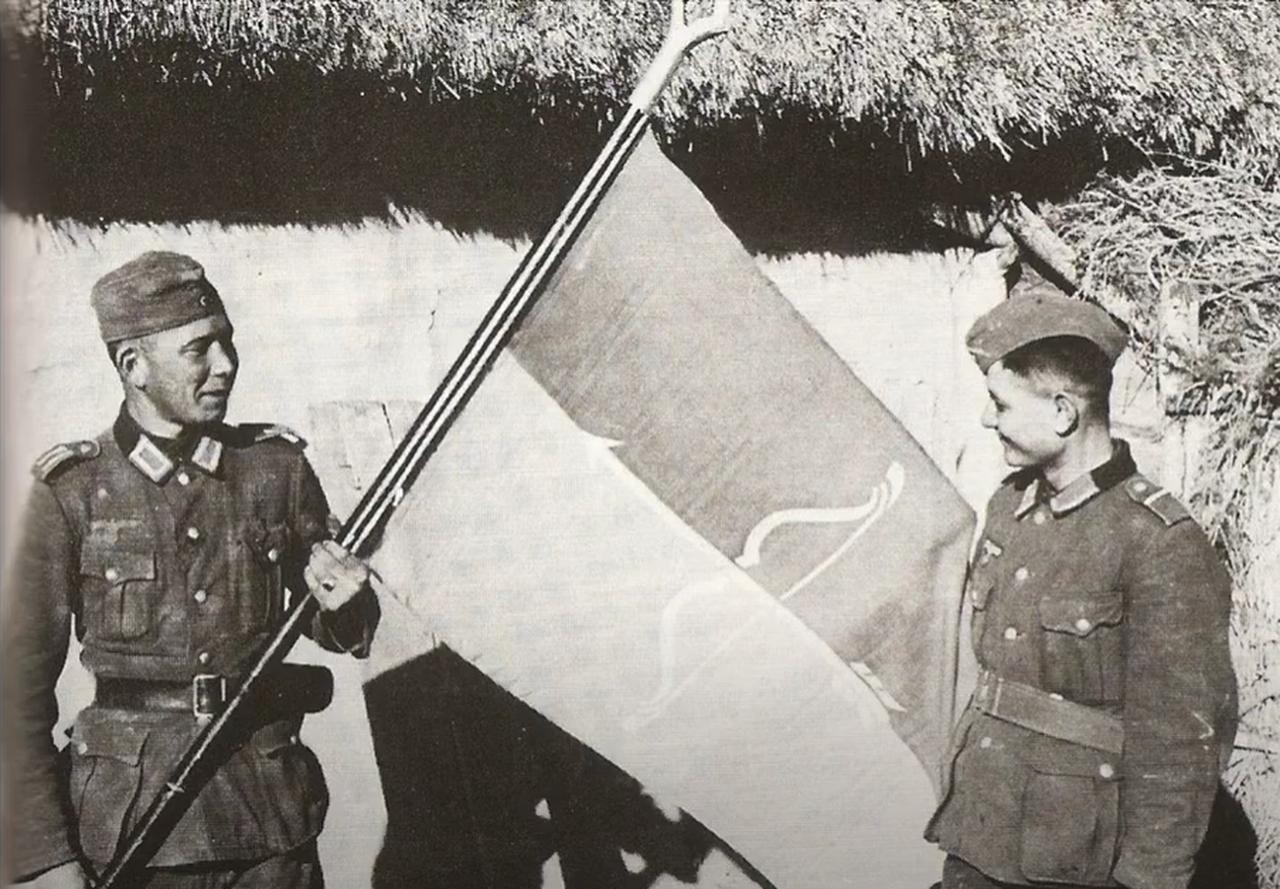
From the earliest months of the war, German commanders began forming so-called “auxiliary” groups (Hiwis, short for Hilfswillige, meaning “voluntary helpers”). These consisted of captured soldiers, especially from Ukraine and Belarus, and numbered between 600,000 and 1.4 million men.
Alongside this, the Germans explored ways to recruit non-Russian ethnic groups, believing they might be more reliable than ethnic Russians in fighting the Soviets. However, mistrust remained strong. A Russian Liberation Army, formed under General Andrey Vlasov, suffered frequent desertions, reinforcing Hitler’s suspicion of Russian captives.
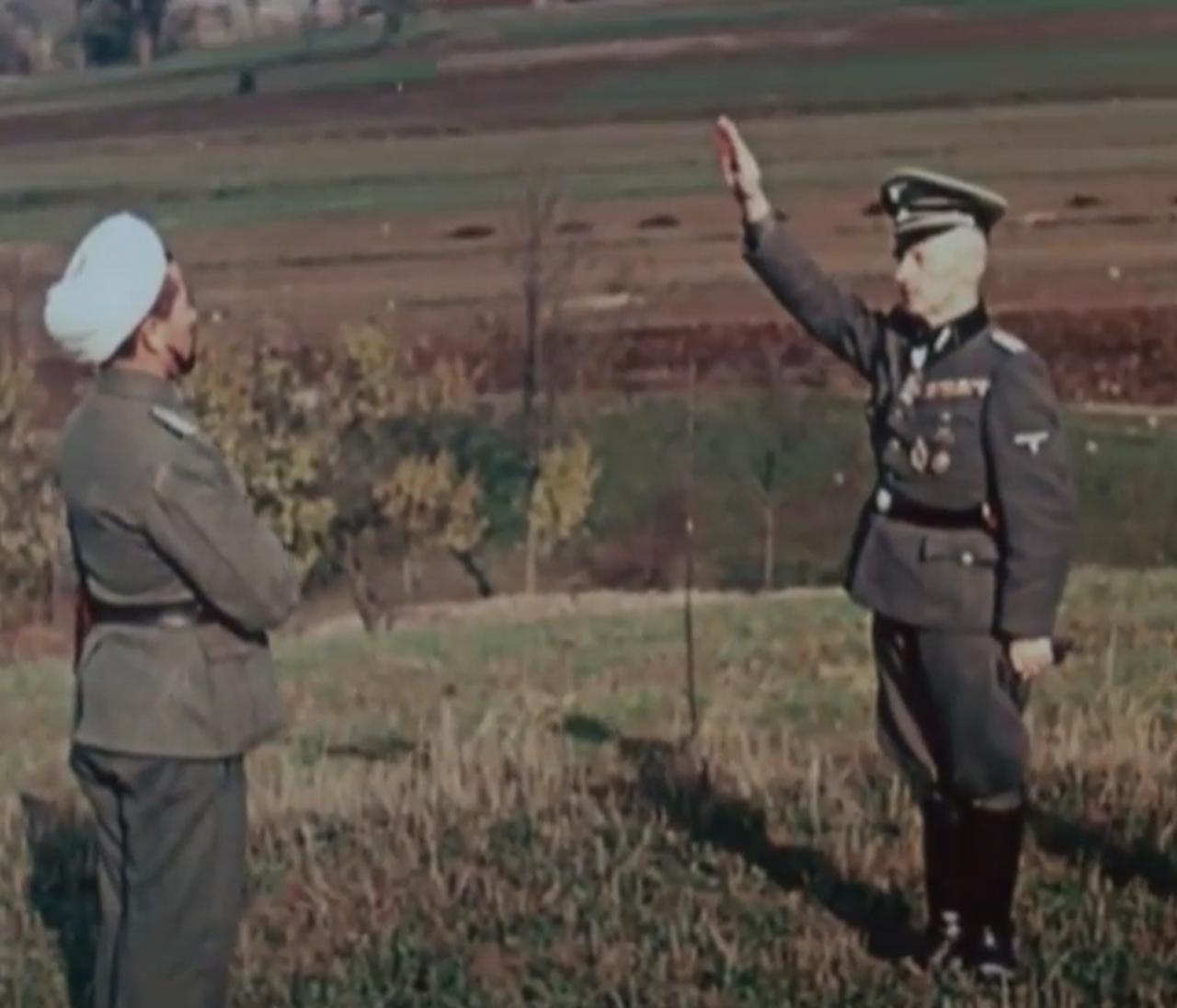
German officials reached out to nationalist and Turanist leaders through their ambassador in Türkiye, Franz von Papen. Reports show that prominent Muslim intellectuals and political figures from across the Soviet periphery were considered as partners in this effort. Many of them hoped that by cooperating with Germany, their homelands might one day achieve independence from Soviet rule.
A series of meetings took place in Berlin, attended by exiled leaders from Azerbaijan, Crimea, Turkistan, and the North Caucasus. These figures supported the creation of Muslim legions but insisted on promises of independence after the war. However, German officials consistently avoided making such commitments, and the discussions often ended in frustration.
According to Professor Ekinci, Stalin preemptively punished entire nations for fear they might cooperate with the Germans. He lists Crimean Tatars, Karachays, Malkars, Ahiska Turks, Kalmyks, Volga Germans, Chechens, and Ingush among the communities subjected to mass deportations. For many, the punishment came even without evidence of collaboration. “Chechens and Ingush were deported although they never came into contact with the Germans,” he observed, noting that up to a quarter of the deportees died en route.

Despite these disagreements, German military intelligence went ahead with special units. By late 1941, Captain Mayer-Marder commanded a unit known as Infantry Battalion 450, which included six battalions of Turkistanis and one of Azerbaijanis. Another unit, made up entirely of Caucasian fighters, became known as the “Special Bergmann Detachment,” formed in October 1941.
Professor Ekinci argues that these deportations left a permanent scar on the communities involved. He points out that the Soviet authorities kept branding these groups as “traitors” for decades, restricting their rights and blocking their return home. Even after Khrushchev acknowledged Stalin’s crimes in 1956, the stigma persisted. “The black mark on their foreheads never disappeared. Even today, anyone identified as belonging to these groups cannot easily rise in Russia,” he explained.
These legions represented the Nazis’ attempt to use disillusioned Soviet Muslims and other minority groups as tools in their broader war effort, even as the promises of freedom that motivated many recruits were never fulfilled.